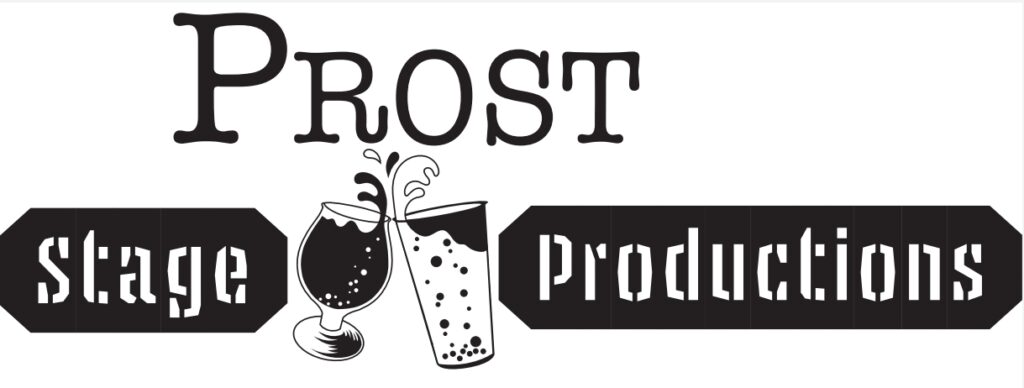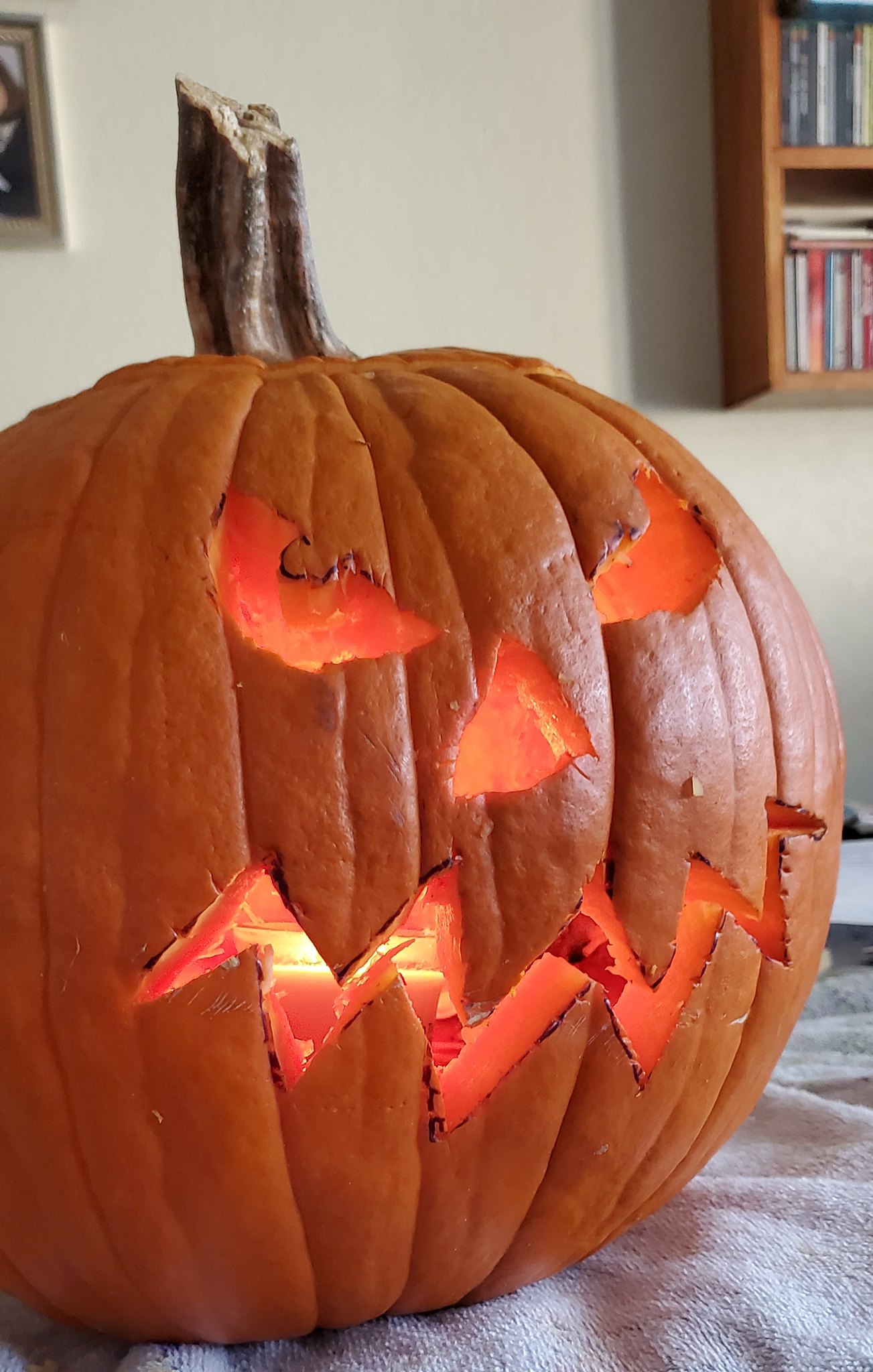There are various inspirations for the supernatural headless horseman in the Legend of Sleepy Hollow. Some of those included Irish myth, Scandanavian/Dutch legend, and the people Washing Irving crossed paths with. The classic 1820 tale was a real mash-up of secondhand tales, ideas, and homebrewed wit.

(Photo: F.O.C. Darley, 1849 – Public domain
Blame/Thank the Irish
One of the strongest flavors that shines through in Washington Irving’s tale is Irish folklore. The hallmarks of the Dullahan are easy to see in Irving’s Headless Horseman. This “dark man” (from the Gaellic) rode a horse, had no head, and demanded blood sacrifice. Sightings of the Dark Man were seen as an omen of bad luck or doom.
The Dullahan has roots in the pre-Christian religious practices of Ireland. One of the most powerful deities in the pantheon was the fertility god Crom Dubh. He was often placated with blood sacrifice (via decapitation) of goats and sheep. It’s possible that Christian missionaries deliberately mangled the re-telling of stories, adding humans to the chopping block to darken the reputation of the Irish Pagan gods.
There are a few details about the Dullahan that didn’t crossover into Irving’s tale. Dullahan are usually accompanied by banshees, can pick any lock, throw buckets of blood on people to warn them that their doom is coming soon, and are frightened away by even small amounts of gold. In addition to riding a dark horse, he was also portrayed riding a carriage made of coffins, pulled by a team of 6 black stallions (the Cóiste Bodhar or Silent Coach). The Dark Rider carried a whip made from a human spine. Also, the Dulahan could only speak once – to say the name of the person for whom it came.

Why was he “gan ceann” (headless)?
The phrase “capital punishment” literally comes from beheading. “Caput” was Latin for head. Scandanavian and German lore also told tales of a headless horseman riding the roads at night. In these tales, the lack of a head showed that the beheaded horseman carried guilt (or the weight of false accusation of guilt) into the afterlife. Many heinous crimes of the time were punishable with beheading. The Brother’s Grimm told the tale of Hans Jagenteufel – a thief cursed to roam the world forever with his head in his hands.
German fairy tales also added another element to the Headless Horseman mythos. There was a story passed down from the middle ages of the Wild Huntsman. This figure is forever pursued by his own hounds in punishment for unjust behavior. In some versions of the tale, the Wild Huntsman desperately pursues an endless hunt through the woods to satiate his bottomless bloodlust. Hearing his horn or seeing him was a sign to run away and forget about hunting that day… sort of like seeing the Headless Horseman after being turned down by a comely landed woman and deciding to beat a hasty retreat.
The Hessians
Germans also add another wrinkle to the Headless Horseman tale – the origin of the mercenary in question. In Washington Irving’s tale, the horseman was a “faceless” Hessian soldier. Almost a quarter of all British forces fighting in the American Revolution were soldiers-for-hire, and many of them came from the German states of Hesse-Kassel and Hesse-Hanau. Irving likely heard local tales of a headless Hessian killed during the war and buried at a crossroads near Tarrytown, inspiring his wandering spirit.

Who was Ichabod Crane?
Ichabod Bennet Crane (July 18, 1787 – October 5, 1857) was a career military officer who served for 48 years. It is likely that the protagonist in Washington Irving’s The Legend of Sleepy Hollow got his name from this real person, although it is unclear if Irving knew Crane or just knew of him. It’s likely that Ichabod’s name just had a certain “ring” to it.
While Col. Crane was a dashing military man, the inspiration for the frail schoolteacher we know may have come from one of Irving’s friends. Historians suspect that a schoolmaster named Jesse Merwin inspired Irving’s depiction of a calorie loving, supernatural fearing, widely traveled, tall teacher. Merwin and Irving were close friends and penpals for several decades. Perhaps Merwin chuckled to himself as he assigned the Sketch Book of Geoffrey Crayon, Gent, as reading in his classrooms.

There are other sources of inspiration, of course. The creepy woods of upstate New York, the middle English tale of Gawain and the Green Knight, and Washington Irving’s own run in with a Highwayman. Scholars may debate endlessly what special element crystalized all these ingredients into the tale we know today as the Legend of Sleepy Hollow. And, new elements continue to be added as the tale of Sleepy Hollow and the Headless Horseman is retold.

